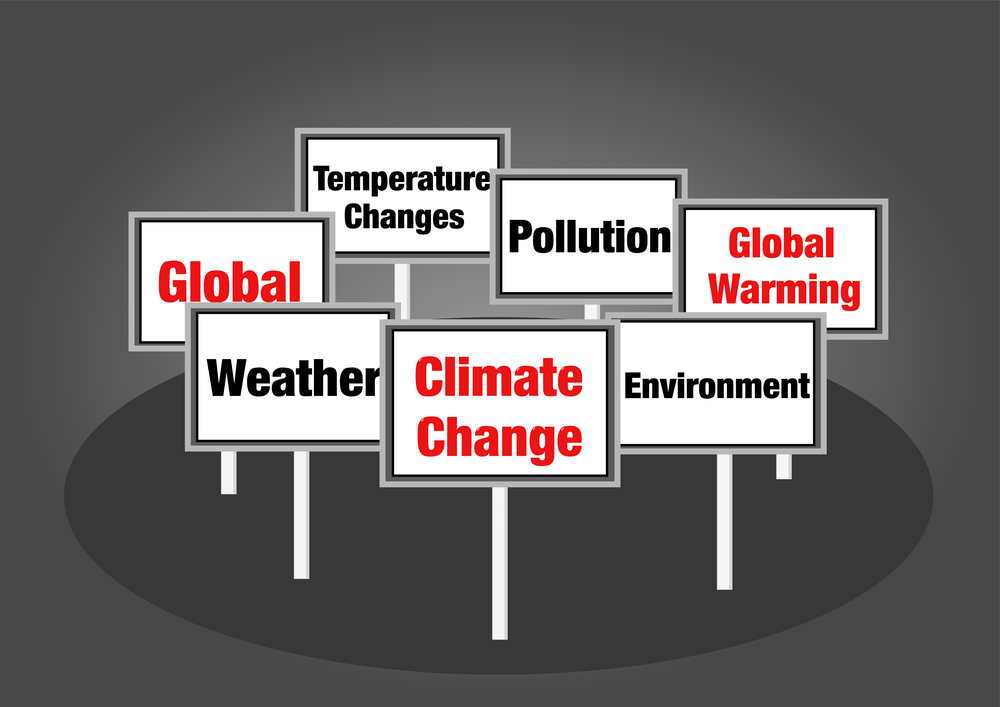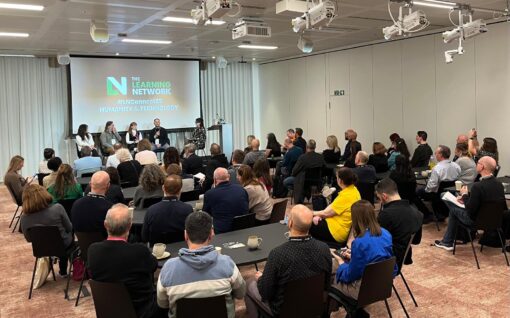Overcoming the challenges of communicating climate science

In the first of a series of articles looking at how academics communicate their research, Insights Media head of content, Roisin Woolnough, talks to Dr Mike S. Schäfer, professor of science communication at Zurich University, about the challenges of communicating climate science.
Making content credible and compelling – that’s a hot topic for us as journalists and content creators and curators. It’s also a hot topic for Dr Mike S. Schäfer, professor of science communication at Zurich University.
Schafer recently gave a talk called The Science of Science Communications: Relevance, Rationale and Results at Oxford University and a couple of days before the talk, he and I had a conversation about the importance of good, credible communications and how social media has disrupted everything.
“Science communication research has mushroomed in the last decade, particularly around health and climate change,” says Schäfer. “There are a lot of people talking about scientific issues and there is an increased importance of science communications, but we have also had an erosion of the infrastructures that have traditionally provided orientation.”
By orientation, Schäfer means credibility – who is the person or institution pushing out the content and how credible are they and their message? By infrastructures, he means science journalism. What has prompted this erosion? I think we all know the answer: social media. Whereas 10/20 years ago people would access a lot of information via traditional forms of media, now they are just as likely – or more likely even – to go online when they want to find something out. “If you have a small child and you ask yourself if you should vaccinate, many people will go online and get lots of different information,” says Schäfer. “But what’s credible and what’s not? Credibility judgements are getting harder and there is so much out there. That’s the challenge of this flood of communications.”
Schäfer talked about the fact that content is curated algorithmically on social media platforms, which influences how people consume content. Organisations such as Google and Facebook are totally focused on how much time people spend on their sites. “They are not so interested in accuracy or credibility,” says Schäfer.
Against this backdrop of credibility issues and communication overload, Schäfer says it’s so important that the scientific community thinks about how to best communicate their findings with the world at large so that they can cut through the noise and be heard. Communications need to be really targeted and carefully crafted if they are to firstly, reach their audience and secondly, influence their audience.
When Schäfer was working in science communications around the issue of climate change he was always being asked the same questions: How do you do it right? How do you communicate climate change in the right way? What was his answer? “There’s no simple answer because there is no one-size-fits all solution.”
Schäfer says it is critically important that those involved in science communications know their target audience – not just who they are, but what they stand for. Only then is it possible to create and curate content that will communicate the message effectively. Knowing your audience and how to reach them is of course one of the basic principles of journalism. It’s fundamental to the effectiveness of communication and not just in journalism either – it’s the same with marketing, sales and PR. Knowing your audience, their likes and dislikes, their preferences and habits, etc is the key to success.
In terms of climate change and science communications, Schäfer says the audience is very segmented. There are different kinds of audiences with very different attitudes and knowledge. According to US research into climate change and how to reach your audience, there are six distinct types of people: alarmed, concerned, cautious, disengaged, doubtful and dismissive. You can read more about this research here: https://climatecommunication.yale.edu/about/projects/global-warmings-six-americas/
Segmenting their audience in this way has really helped the scientific community hone in on its messaging. “If you want to communicate to them, you have to adjust your aims,” says Schäfer. “For example, if you’re talking to hardcore skeptics, you can’t expect to talk to them about the correctness of science because they are convinced that they have their own facts. But you can look for common ground around values you might share.”
People in the middle section – the disengaged people – are not all that interested in science communications on climate change so it’s important not to bombard them with information. The alarmed group – you can give them all the information you have and they will “eat it up”, says Schäfer.
The important thing, Schäfer explains, is to know what your aim is as a communicator and what communication strategies will help you achieve those aims. It’s about personalizing the communication around science. When you have such a polarised audience around a topic, such as with climate change, it can be hard to establish how to break through barriers. “In some countries, facts are immediately interpreted from the perspective of ideology and values,” says Schäfer. “People have strong predetermined attitudes and very little willingness to engage with scientific facts and knowledge. This polarization around climate change is very strong in the US and Australia, quite pronounced in the UK, but much less strong in other countries. When you have a polarized audience, you have to think of alternative strategies to appeal to those segments.”
Although climate change is a huge issue in terms of science communications, there are many other research findings being disseminated all the time. The UK
has a good reputation for science communications within science circles, partly because of the REF framework (https://www.ref.ac.uk/). The framework encourages universities to share research findings with society, but it doesn’t mandate it. Schäfer thinks this is a good thing. “What I like about the REF is that it does not force everybody for every project for every context to do outreach. It gives individuals and institutions a choice – they can choose the proper projects, findings and format. It’s better than making communication a compulsory component of every project, as is discussed in some other countries.”
While Schäfer is not a fan of this mandatory approach, he thinks it is imperative that the scientific industry looks at how communications are done now and how they could be done better. “We need research on how science comms is done, what works and what doesn’t and what messaging is used. We need to add scientific expertise to more situations and we need to speak more to society. Why? Because the promise and aim of science communications is to improve societal decisions by adding evidence into as many contexts as possible – so we should also improve science communication based on evidence, right?”
Also in the series . . .
- The challenges of liberating academic research
- Research needs to be more accessible and interactive. An interview with Professor Joe Smith

